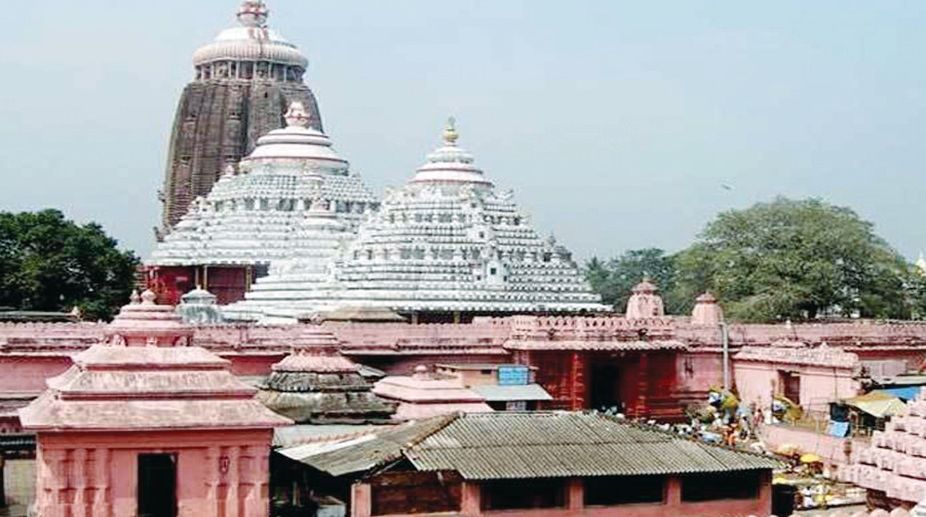The opening of the Ratna Bhandar of Lord Jagannath Temple, Puri has generated a charged atmosphere. Whether the Ratna Bhandar is an el dorado with fabulous riches is something that will not be known or rather it should not be known.
Logically, whatever is there is only that which was accumulated after September 1803, the Marathas must have surely made a clean sweep of all the riches before they fled, said researcher Anil Dhir.
Advertisement
Ironically, in history, the Ratna Bhandar had its safest period during the British occupation of Odisha. In the present context one has to delve into history to get a perspective of the sheer opportunism that prevailed even when Puri was last attacked by the English in 1803.
The Governor General, Marquis of Wellesley, had sent Lt. Col. Campbell, the Commander of the 74 Regiment of the Northern division of the army under the Madras Government to capture Puri.
Campbell took ill before the strategic operation, and Colonel Harcourt of the 12th Regiment took charge. It took the East India Company soldiers just 14 days to conquer Odisha.
Wellesley was aware of the sanctity of the Temple and had given strict instructions, “You will understand that no part of the property, treasure or valuable article of any kind contained in the pagoda of Jagannath or in the religious office or possessed by any of the priests and Brahmins or persons of any description attached to the Tempe is to be considered prize to the army. All such property must be considered as consecrated to religious use by the customs or prejudices of the Hindus. No account is to be taken of any such property nor any person be allowed to enter the pagoda or sacred buildings without the express desire of the Brahmins.”
When the British troops entered Puri they found no resistance. The Marahattas had fled; the local population cowered in their homes. The Company troops set up camp two miles away from the temple.
For full two days,the troops stayed put, on the morning of the third day a big crowd of people were seen coming towards the Camp. The British troops took up battle stations, but as the crowd came nearer, they saw that it was not an attacking force but a delegation of Pandas, carrying umbrellas, flags and standards, beating drums and cymbals, said Dhir. Campbell wrote -“The Brahmins at the holy temple had consulted and applied to Juggernaut to inform them what power was now to have his temple under its protection, and that they practicaly gave Campbell the keys to the temple, said Dhir.
The Governor-General had directed Campbell that on arrival at Puri he should take all precaution to preserve the respect due to the Pagoda, provide security to uphold sanctity of the temple and priests.
The priests must be informed that they need not pay revenue to the British government Walter Hamilton’s East Indian Gazetteer (1828) states, “Possession was accordingly taken of the town and the temple on 18th September 1803, the sacred will of the idol having first ascertained through the medium of the officiating priests.”
John Melville, the Commissioner of Orissa, wrote to Wellesley that he had used “Jagganath’s answer” as a device to win over the Brahmins. William Hunter’s account of Puri (1877) says: “a deputation of Brahmins accordingly came into the camp, and placed the temple under his (Commanding Officer) protection without a blow being struck.”
In 1840, the British vested the Raja of Puri with full and absolute authority in the management of the temple and its property, and in the same year abolished the pilgrim tax. But to ensure adequate finances for the shrine the Company made huge endowments to Lord Jagannath to defray the expenses.











